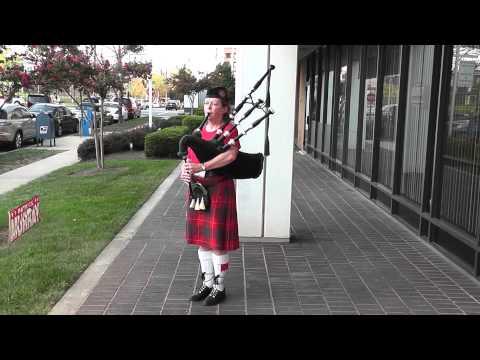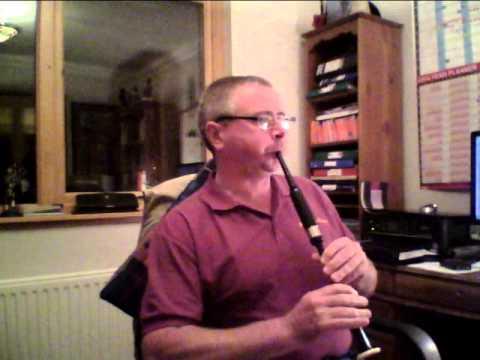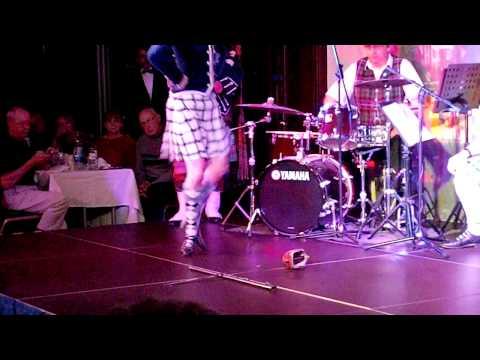The Atholl Highlanders - Fiddle Tune A Day - Day 299
Description
Signup for Vi Wickam's Fiddle Tune a Day: http://www,vithefiddler.com
I didn't have a specific tune in mind for today, so I went to my list of requested tunes, and came across the Atholl Highlanders. I didn't really have an idea of what the tune sounded like, so I pulled up iTunes to see if I had any recordings of it.
I happen to have a recording of David Swarbrick playing the Athole Highlanders, and it's a fun tune, so I worked it up for you today.
Original Sheet Music to the Athole Highlanders Farewell to Loch Katrine
http://www.abdn.ac.uk/scottskinner/display.php?ID=JSS0069
The Athole Highlanders according to Fiddler's Companion
ATHOLE HIGHLANDER'S FAREWELL TO LOCH KATRINE, THE. AKA -- "Atholl Highlanders March to Loch Katrine." AKA and see "The Heids o Vigon" (Shetland). Scottish, March. A Major/Mixolydian. Standard tuning. AAB (Skinner): AABB (Brody): AABCCD (Hunter): AABCCDD' (Martin). Composed by William Rose, this march has become one of the most popular and recognized Scottish pipe marches. Loch Katrine and the surrounding area is called the Trossachs, and it was this picturesque setting that was Sir Walter Scott's inspiration for his poem "Lady of the Lake." Reputedly, the Loch derived its name from the Gaelic word cateran, meaning a freebooter or robber. The MacGregors have a clan graveyard at one end of the ten-mile long lake, and Rob Roy MacGregor was born at nearby Glengyle House. An island in the middle of the loch was employed to secret away cattle they had stolen on forays to the lowlands, although the numerous glens and lochs in the area served the same purpose. The Athole Highlanders were raised in 1778 by the Duke of Athole for the purpose of serving the British in the colonies during the American Revolution. They were instead posted to Ireland for the duration. Expecting to be disbanded after that time, the government attempted to post the regiment to the East Indies, which did not go well with the homesick Highlanders, who invoked a successful mutiny. In 1783 the men were marched to Berwick, Scotland, and there disbanded. The unit survived as the personal army of the Duke. Christine Martin (2002) says the tune could be employed as a vehicle for a Canadian Barn Dance if played at a slightly faster tempo. Brody (Fiddler's Fakebook), 1983; pg. 27. Hunter (Fiddle Music of Scotland), 1988; No. 346. Martin (Ceol na Fidhle, vol. 3), 1988; pg. 30. Martin (Traditional Scottish Fiddling), 2002; pg. 68. Skinner (Harp and Claymore), 1904; pg. 46 (includes variation sets). Skinner (The Scottish Violinist), pg. 32. Greentrax CDTRAX, Donald MacDonell (1888-1967) - "Scottish Tradition 9: The Fiddler and his Art" (1993. Appears as "Atholl Highlander's March to Loch Katrine"). Rounder 7006, Theresa and Marie Maclellan‑ "A Trip to Mabou Ridge." Topic 12T280, J. Scott Skinner‑ "The Strathspey King" (first tune of 'Bagpipe Marches' and third tune of 'Cradle Song' medleys).











